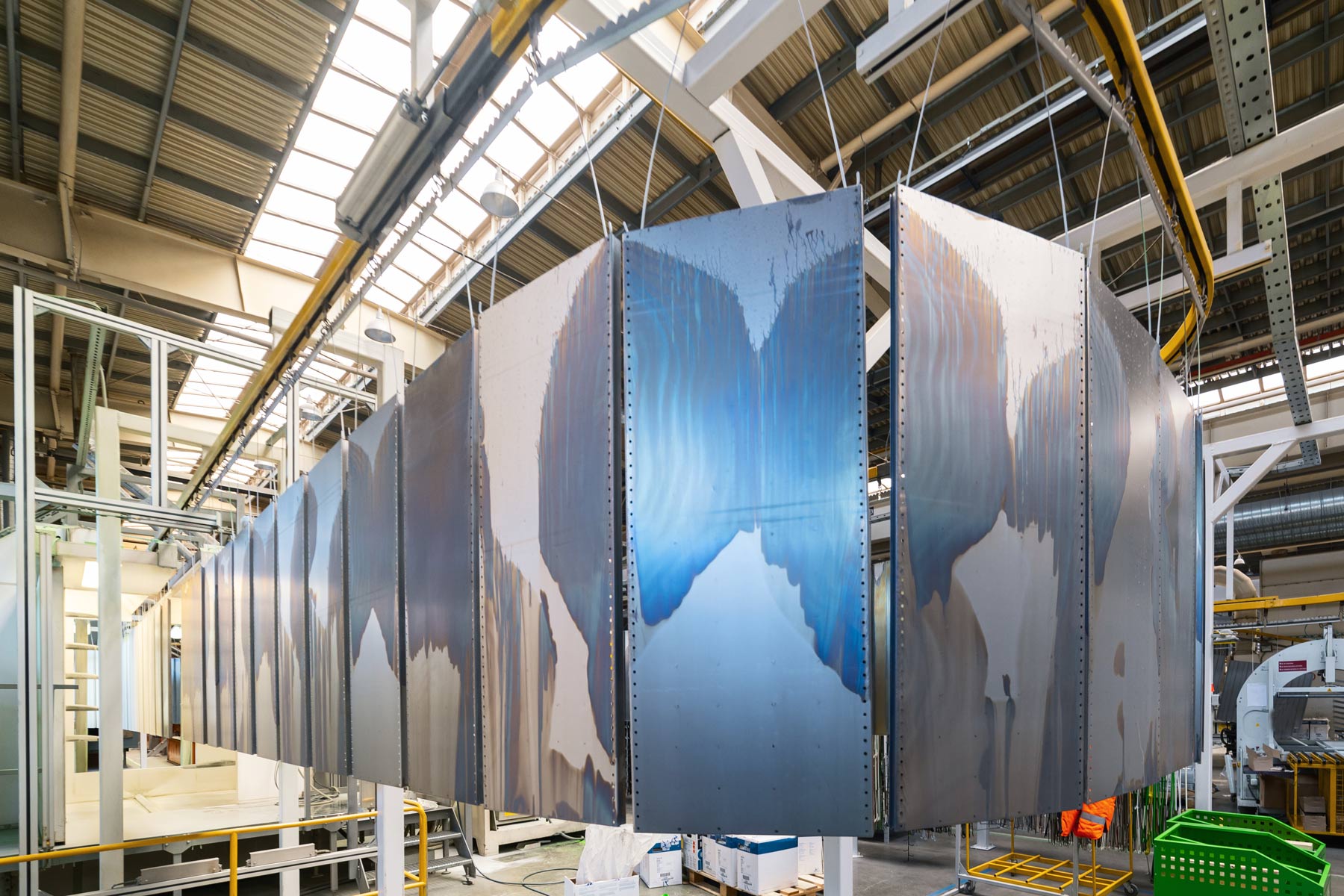What is Metal Coating and Why is it Important?
The term coating—which is sometimes referred to as passivation—means adding a layer of any substance and spreading it over a surface to enhance its performance. Coatings can be applied to metal objects and nonmetal objects.
What is metal coating?
Metal coating refers to the process of covering metal and nonmetal objects with a metallic or other surface finish to protect the surface from rust and corrosion caused by different environmental exposures such as air, chemical exposure, and water. This technique is used by many manufacturing companies to help protect their finished products from getting damaged or corroded.
Metal coating is used in various industries
Manufacturing industries, such as electronics, appliances, automotive, aviation/aerospace, structural metal buildings and other structures, and marine, to name a few examples, use coatings in their products.
Advantages of Using Metal Coating
| Increased corrosion resistance | More surface thickness |
| Greater strength and durability | Better appearance |
| Easier to solder (welding) | Better electrical conductivity |
| More electrical resistance | Increased chemical resistance |
| More surface hardness | Better adhesion |
| Increased torque tolerance | More water resistance |
Three factors to consider when choosing a coating technique
There are a number of techniques used for coating, and each technique is different. To pick the most suitable one for a particular application, there are three factors that need to be considered to determine the right coating process.
First factor: What is the objective?
First, consider what the specific goal is for using a metal coating and how it helps achieve the desired outcome. Some metal coating techniques are designed specifically to protect the surface from rust, corrosion, dirt, and debris. Examples include outdoor equipment, heavy equipment, automobiles, trains, and airplanes that are exposed to environments that could be harmful to the object’s surface, like oil, lubricants, and dirt. By using the right metal coating technique, it helps prevent oxidation and rust on the surface and provides durability and a longer-lasting product.
Second factor: Time required
The second factor to consider is the amount of time needed for the coating process to be completed. It depends on the choice of technique being used for the metal coating to the surface. The time varies from one process to another, and in a manufacturing environment it can be important to ensure that the right technique is being used to fit with the production schedule.
Third factor: Cost
Cost matters, and the different techniques vary in cost depending on a number of factors. Decisions are made based on the quantity of parts, capital required, the expense of material and labor, time savings, and product quality. The importance of the finished coating and product use typically guides the decision.
There is a wide range of metal coating techniques used for coating the surface substrate. Learn more here.
For more discussion or information on how to analyze metal coating, please contact one of our specialists at sales@cianflone.com



